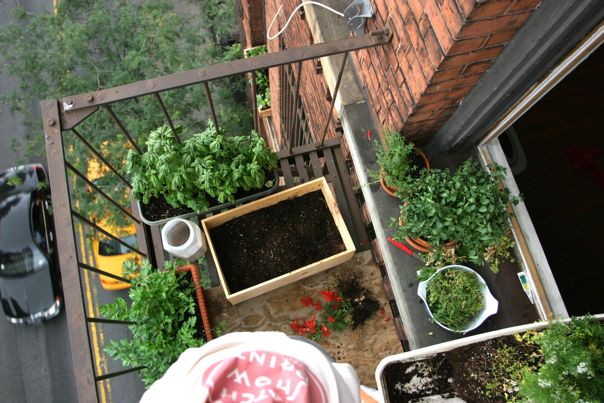Organic doesn’t mean what you think.
The term “organic” used to refer to the grassroots, locally-produced market for farm products grown with care – the opposite of the industrial food complex of today’s multinational agribusinesses. Today, “organic” is a term that can only be used by those certified by the USDA. Consequently, it doesn’t have the same inherent meaning as before. In general, if your food has packaging to display terms at you, chances are you can get it fresher from the farmer’s market. Ask your local farmers at the market (or local butcher or fishmonger) where their products come from – if you can’t have a discussion about location and freshness, maybe look for another place to shop. (check our local food map search)
Organic doesn’t mean healthy.
A packaged frozen dinner could be labeled “organic”. On the other hand, produce from a local farmer might not be labeled (no packaging!) or the farmer might not be able to afford USDA certification. Just ask – if you’re not convinced you’re buying something that should be more fresh and healthy, go elsewhere. Chances are that the freshest produce is likely the healthiest – lots of nutrients and vitamins start to break down as food ages, even just by a few days. That’s why corn, for example, tastes sweetest when it’s just been picked.
Organic doesn’t mean local or sustainable.
Organic does mean, at least in the US, that food hasn’t been irradiated (this might change soon!), and hasn’t been genetically modified. It also means that no chemical means of ripening were used. It has no bearing on locality or sustainability used in producing that food – organic produce could be grown halfway around the world, with techniques that aren’t necessarily sustainable.

